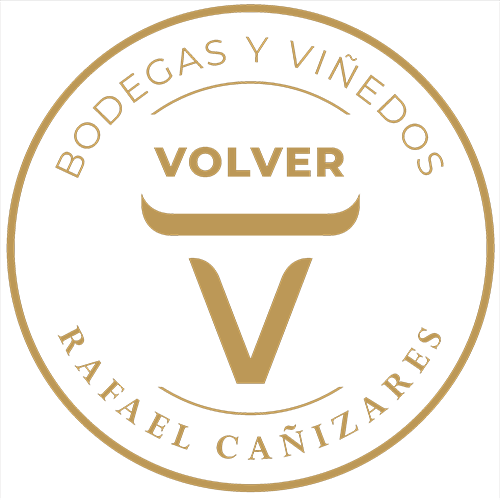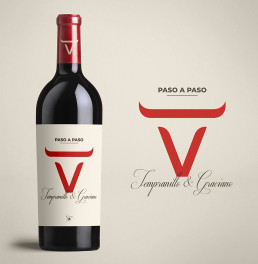Paso a Paso
Vino de la Tierra de Castilla
Las Mesas, Casa de los PInos (Cuenca)
The Graciano it is a late sprouting variety that comes from other Spanish regions like Rioja, but it has been well adapted to the climate in la Mancha. The location of our vineyards helps to this grapes to achieve the perfect maturation, high acidity and strong round tannins. The winemaker look for character, structure and longevity of Graciano grapes in this well balance blend with our best Tempranillo grapes.
VINEYARD: Finca Los Cruces.
YEAR(S) PLANTED: 35 – 45 years old for Tempranillo vineyardas and 10 year old for Graciano.
GRAPE VARIETAL: Tempranillo & Graciano.
VITICULTURE: Traditional dry farmed viticulture. Cultivated completely by hand, with minimal human intervention. Harvested by hand.
YIELDS: 3 kg per plant.
ALTITUDE: 650 – 700 m.
SOILS: Sandy iron rich soils intermixed with small stones and chalk. Very poor in organic matter. 5ft. beneath the surface is a layer of red clay.
CLIMATE: Continental. Large temperature swings between day and night. Precipitation is very rare. A Very arid climate with rain exclusively falling at the end of fall and during the winter. More Than 3,000 hours of sun per year.
HARVEST: The tempranillo is a late harvest at the end of september – early October, all done by hand. The Graciano is a late harvest in the middle of October.
WINEMAKING: The grapes are sorted meticulously at the winery, and fermented in stainless steel tanks by indigenous yeast. Malolactic occurs in tank, and the wine is transferred to second and third vintage French oak barrels for ageing. Each variety are vinified in separate lots.
AGEING: 6 months in second and third vintage French oak Bordelaise and Burgundy barrels.
DO Tierra de Castilla
From North to South, and East to West, Castile – La Mancha is the great wine region, par excellence. Some of its areas have been called “the winery of Europe”, and the quality of its wines is universally recognized, both for its wines made from indigenous grape varieties as well as from foreign vines that have acclimated exceptionally to the area. Today, the wines of Tierra de Castilla compete with an advantage with wines from Chile or Australia, among others.
The varieties of white grapes cultivated are: Airén, Albillo Real, Chardonnay, Gewürztraminer, Macebo (or Viura), Malvar, Malvasía Aromática, Marisancho (or Pardillo), Merseguera, Moscatel de grano menudo and Moscatel de Alejandría (both of the Muscat family), Parellada, Pedro Ximénez, Riesling, Sauvignon Blanc, Torrontés, Verdejo, Verdoncho, and Viongier. Among the reds: Bobal, Cabernet Sauvignon, Cabernet Franc, Coloraillo, Forcallat tinta, Garnacha tinta (Grenache), Garnacha tintorera (Alicante Bouschet), Graciano, Malbec, Mazuela (Garignan), Mencia, Merlot, Monsastrell (Mourvèdre), Moravia agria, Moravia dulce (or Crujidera), Petit Verdot, Pinot Nior, Prieto Picudo, Rojal tinta, Syrah, Tempranillo (or Cencibel), Tinto de la pompano blanca, and Tinto Velasco (or Frasco).
Castile – La Mancha has five provinces, in each of which, with different climates and terrains, the different varieties of grapes are grown. Profoundly rooted in the lives of its inhabitants, the wine growing areas have developed a culture around wine, which you can discover in each of its wineries and the towns in which they are located. The extensive modernization adapted from the last third of the 20th century has generated more than six hundred labels marketed under the D.O. Tierra de Castilla, with exceptional qualities in each of its varieties.




